The JAM Blogs
It’s a new normal. The Coronavirus is changing life as we know it collectively, globally and indefinitely. Businesses that had strict policies against remote work are now forced to jump on the bandwagon. Professionals who savor their in-office collaboration have had to pivot. Sales pros who can close any deal if they “get in the room with the decision-maker,” have had to sharpen their distant sales game. The new normal may be temporary. The dust will settle on this strange chapter in our lives at some point in the future, but the light it has shown on our working style may never be the same.
Breaking Down Silos
The case for breaking down silos is not a new one. In fact, this was the blog topic I had put on my content calendar long before the Coronavirus was afoot. But, this global crisis has taken my content topic and pushed right out into the forefront for all of us to take note. The challenges related to workplace silos are now more of a hot topic than ever before. As we all adjust to our current work life, let’s unpack silos and how we can prevent them from impeding our business’s success.
Silo Smashing 101
- Determine just how efficient (or inefficient) you are. It’s not an unlikely scenario that management doesn’t know where silos exist in the organization. They may have accepted or adapted to longer than necessary production processes or quality inefficiencies over time but never drilled down on exactly why these occurrences take place. The process of exposing silos is a key step in eliminating them.
- Use technology to help you tweak your processes. Technology tools abound to help us work remotely and communicate more efficiently. Project Management tools are effective in defining projects from the beginning and outlining the appropriate handoff from one department to another. Tools like Asana, Basecamp, Teamwork or Jira are web-based and can be accessed by the team anywhere, providing a central place to check for the related documents, ask questions and provide status updates.
- Let’s not forget about the humans. Technology tools can help streamline processes and help with measurement, but the human component is also essential. Your key team members may be able to help you identify where silos and bottlenecks exist off the top of their heads. They can also easily put their ears to the ground seeking out places where your processes are disconnected.
- Create multiple avenues to communicate. While the project management tools are an excellent source of process streamlining, other types of communication should be accessible to your employees that need to collaborate across departments (or in remote working environments). Quick chats via Slack, Zoom, Microsoft Teams, Skype and Hangouts can help teams find the water cooler chat, ask a quick question and even hold virtual team meetings.
- Set goals and measure them. This is the part that, as the marketing pro, I feel it goes without saying and should always permeate through all aspects of the business. Once you’ve identified the silos and found ways to improve the processes, it’s also time to establish the baseline of where you currently are and set a target of where you want to be. Then, measure, measure, measure.
Silos naturally occur, even in the most connected businesses. Silos can, however, be torn down and, better yet, avoided altogether. Choosing technology as a partner to alleviate silos is the right direction, but always be sure you are training your team and measuring results. And, never forget the value of asking your team for insights and feedback. Awve Marketing is here to help you assess your production process and adjust to the new normal where teams are spread out due to the Coronavirus and beyond.

